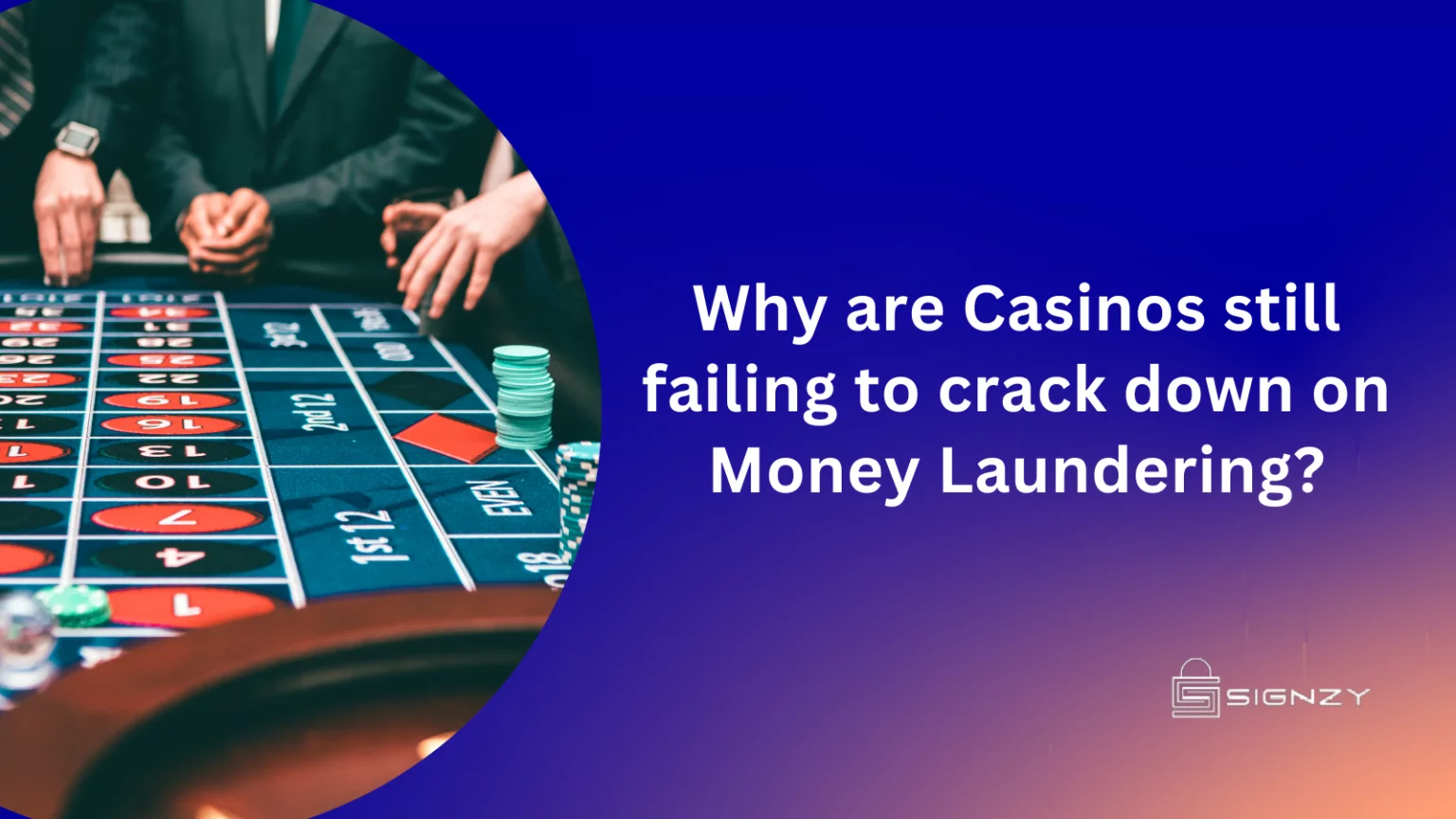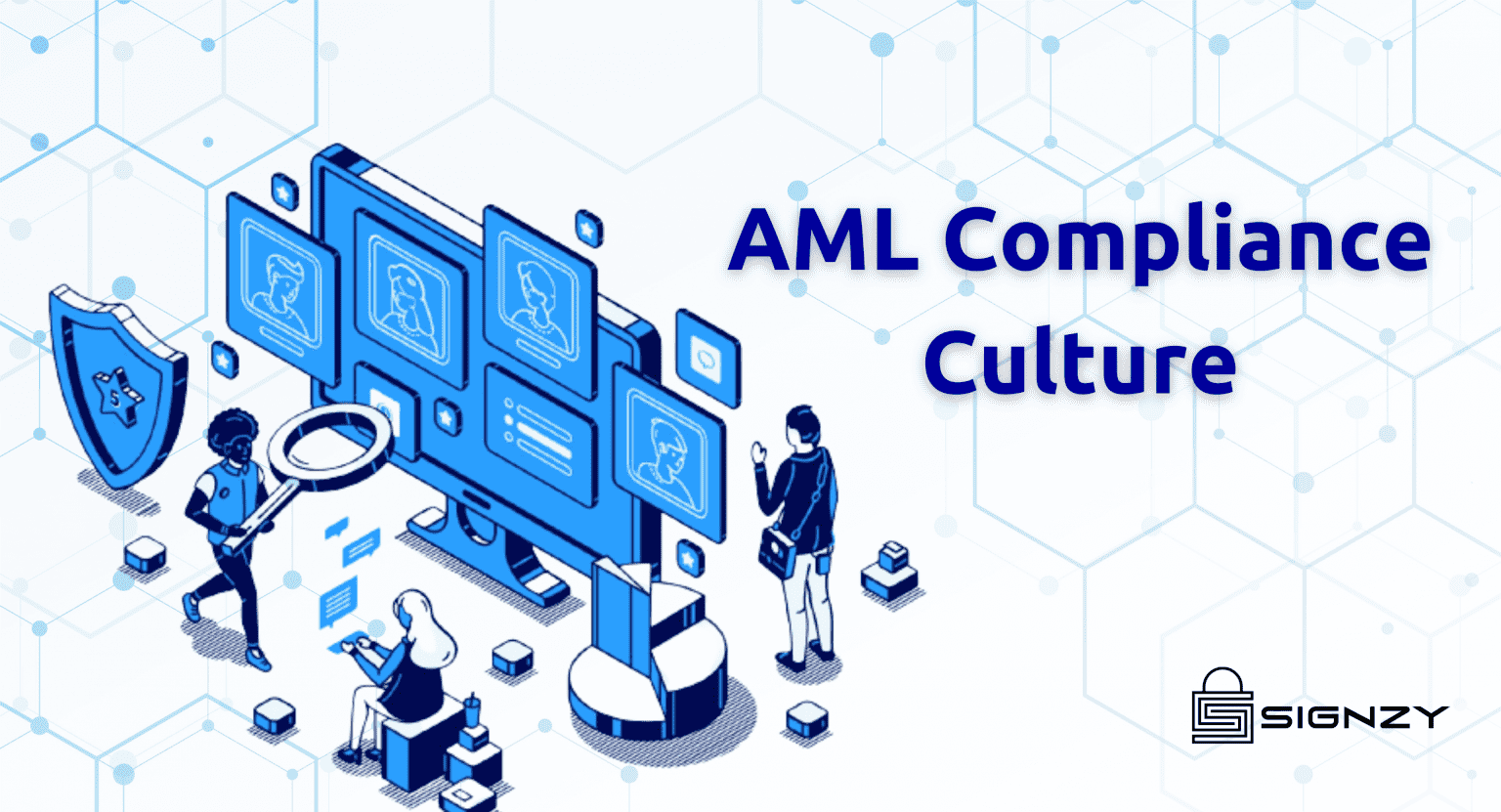An issue that has been ignored for too long is Money Laundering via Gambling in the casino system. It has now become a recurring issue, as gambling giants like Entain recently received a fine of more than £17 million for violating anti-money laundering protocols. The failure of these big gambling players to clamp down against money laundering not only contributes to the proliferation of criminal activity such as human trafficking and illicit arms dealings, but it also highlights how casinos now serve as a platform for modern slavery.
Money laundering is the illegal process of concealing the origins of money obtained from criminal activities. It is a severe crime, and yet, sadly, many casinos still fail to tackle it effectively. From a lack of proper regulations to inadequate tracking systems, this article will discuss why casinos still need to crack down on money laundering and how they can tackle it. We will also discuss the implications for businesses and what measures should be taken to prevent money laundering in the future.
Money laundering in Casinos
Global gambling-industry financial penalties amounted to approximately $128,913,840 in 2022, up 166% from $48,642,992 in 2021, according to USA-Casino.com. As of October 2022, the UK’s gambling regulator had charged 16 operators $48m (£45m).
Casinos have long been associated with money laundering due to the large amounts of cash that change daily. Despite this, casinos have failed to crack down on money laundering, and the problem seems to be getting worse.
There are several reasons why casinos have failed to tackle money laundering. A few majors are
- Lack of tracking of the fund source – because cash is often used.
- Lack of AML policies.
- Being located in countries with lax financial regulations makes it easy for criminals to launder money
- Inadequately trained employees to spot money laundering signs and stop the same.
So how can casinos crack down on Gambling & Money Laundering?
- They need to put better policies and procedures in place to prevent it from happening in the first place. This includes proper customer due diligence, robust Know Your Customer (KYC) procedures, and more effective monitoring of transactions. As former US gambling regulator Richard Schuetz spoke with USA-Casino.com and said, “Given the inevitable increase of proliferation of online gambling in 2023, one can expect more regulations, and of course more casino and gambling industry fines”.
- Casinos need to do more to train their staff to spot the signs of money laundering. This training should cover what to look for when customers withdraw or deposit large amounts of cash and how to report suspicious activity.
- Casinos should consider using modern technology.
The methods used by criminals
Though casinos have been put under increased pressure to stop money laundering, they continue to face many challenges. For one, criminals are constantly finding new ways to launder money, making it difficult for casinos to keep up. Moreover, many casinos still need to do more to crack down on, leaving themselves vulnerable to attack.
So what can casinos do to protect themselves from money launderers better? For starters, they need to be more proactive in identifying suspicious activity. This means being on the lookout for things like large cash deposits or withdrawals, frequent wire transfers, and patterns of betting that seem designed to evade detection.
Additionally, casinos need to ensure they have robust anti-money laundering policies and procedures. These should include KYC (know your customer) checks, reporting suspicious activity to authorities, training staff on the spot, and reporting red flags. By taking these steps, casinos can make it much harder for criminals to use them to launder money.
The Casino’s responsibility
In recent years, casinos have come under increased scrutiny for their role in money laundering. This is because casinos are often used to clean dirty money obtained through illegal activities.
Casinos have a responsibility to ensure that they are not being used to launder money. However, they have failed to crack down adequately on this activity. This is partly because casinos are often reluctant to report suspicious behavior to the authorities for fear of losing customers or damaging their reputation.
There are steps that casinos can take to tackle money launderings, such as better training for staff, improved customer due diligence, and more substantial reporting procedures. However, more must be done to prevent casinos from being used to clean dirty money.
The challenges of combating Casino’s money laundering
Although casinos are some of the most heavily regulated businesses worldwide, they are still struggling to combat money laundering effectively. The challenges are numerous and include both institutional and operational challenges.
Institutional challenges include that many casinos are owned by large, publicly-traded companies, making it difficult to implement adequate anti-money laundering policies. These companies are often reluctant to invest in compliance because it is not revenue-generating and can be seen as a cost center. In addition, there is often a lack of coordination between regulatory agencies, making it challenging to develop a cohesive strategy for combating money laundering.
Operational challenges include that casinos deal with large amounts of cash daily, making it easy for criminals to launder money through them. In addition, many casino customers are international visitors who may be using illicit funds to gamble. This makes it difficult for casinos to vet their customers and identify suspicious activity correctly.
Despite these challenges, there are some things that casinos can do to combat money laundering better. These include increasing transparency around ownership structures, investing in compliance functions, and developing better customer due diligence processes.
Solutions to tackle money laundering in Casinos
Money laundering is a serious problem for casinos. Casinos must implement better policies and procedures to crack down the same. Here are some solutions to tackle:
- Improve Know Your Customer (KYC) Procedures
Casinos need to improve their Know Your Customer (KYC) procedures. KYC is the process of identifying and verifying the identity of customers. This is important because it helps casinos ensure they are not doing business with criminals or terrorists.
- Implement Better Record-Keeping Practices
Casinos need to implement better record-keeping practices. This means keeping track of all transactions, both incoming and outgoing. This will help identify any suspicious activity.
- Use Technology
Various technologies can be used to help combat money laundering. For example, casinos can use software that flags suspicious activity. They can also use data analytics to identify patterns of behavior that may be associated.
- Cooperate with Law Enforcement Agencies
Casinos should cooperate with law enforcement agencies in order to crack down on. This includes sharing information about suspicious activity with the authorities.
Conclusion
Money laundering is a serious problem for casinos and other gambling establishments, as it has the potential to lead to criminal activities. However, by investing in stronger AML systems and tightening their compliance regulations, casinos can reduce their chances of getting involved in such frauds. Additionally, they should also train staff on identifying suspicious activity and take steps toward improving customer verification processes. By accepting these necessary measures, casinos can protect themselves from being used as vehicles for money launderers while allowing customers peace of mind that all transactions are carried out legitimately.
A more proactive approach can detect and prevent money laundering. This can be done through improved customer due diligence practices and enhanced internal processes such as reporting suspicious activity immediately. With increased vigilance, casinos can ensure they remain compliant with regulations while reducing the threat of criminals using their services for illegal activities.
The latest AML onboarding solutions can help casinos prevent their operations from becoming dirty money laundering channels by tackling common AML malpractice. Technology can be the winning jackpot to clean up casino operations.
About Signzy
Signzy is a market-leading platform redefining the speed, accuracy, and experience of how financial institutions are onboarding customers and businesses – using the digital medium. The company’s award-winning no-code GO platform delivers seamless, end-to-end, and multi-channel onboarding journeys while offering customizable workflows. In addition, it gives these players access to an aggregated marketplace of 240+ bespoke APIs that can be easily added to any workflow with simple widgets.
Signzy is enabling ten million+ end customer and business onboarding every month at a success rate of 99% while reducing the speed to market from 6 months to 3-4 weeks. It works with over 240+ FIs globally, including the 4 largest banks in India, a Top 3 acquiring Bank in the US, and has a robust global partnership with Mastercard and Microsoft. The company’s product team is based out of Bengaluru and has a strong presence in Mumbai, New York, and Dubai.
Visit www.signzy.com for more information about us.
You can reach out to our team at reachout@signzy.com
Written By:

Shraddha is a passionate Digital Marketer and a versatile leader, working as the Director of Marketing at Signzy. She is a goal-driven professional with excellent innovative skills. Having 11+ years of experience across industries including travel, SNV, healthcare, and Fintech, Shraddha considers herself a self-empowered and self-driven individual ready to take on challenges and proactively rise to occasions in crisis. A professional who ardently believes in the right work-life balance, she ensures to spend quality time with her family. This has a positive effect on her professional life and pursuits.





